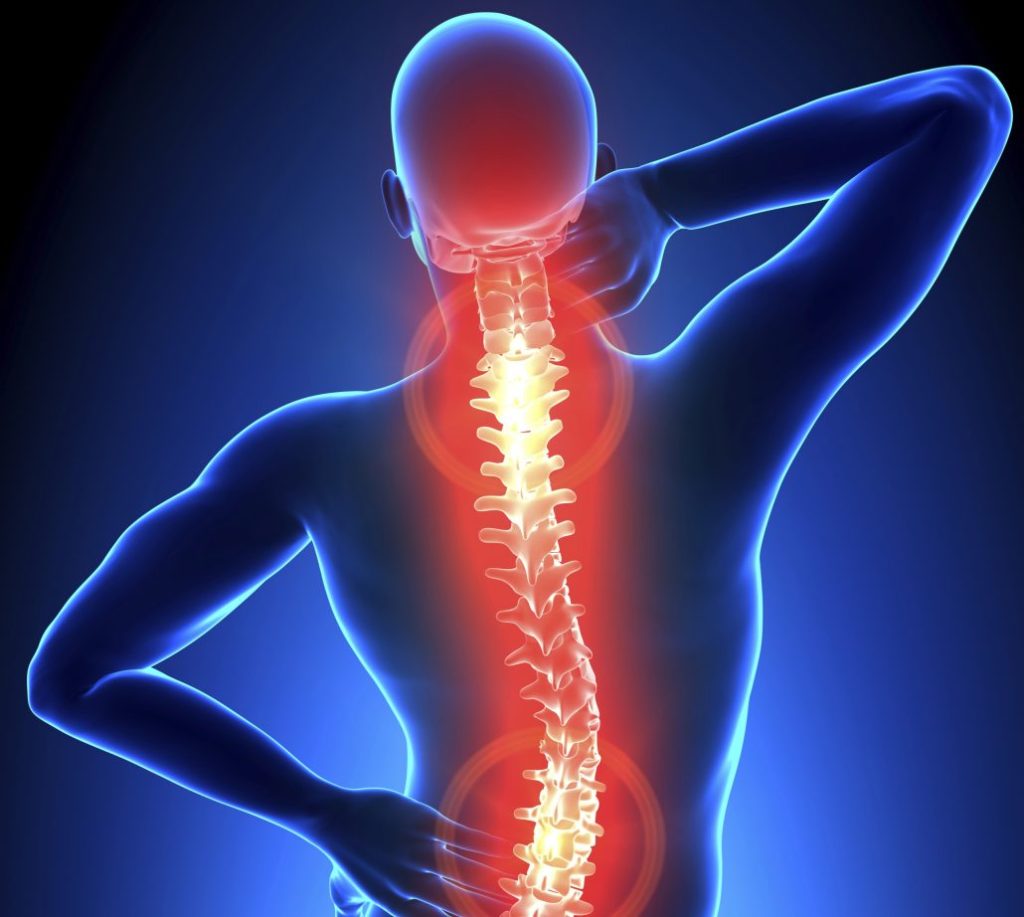What are Common Symptoms?
Back and neck pain can present with a wide range of symptoms, and the specific symptoms experienced can vary depending on the underlying cause of the pain.
- Localized pain: Pain that is felt in the specific area of the back or neck where the problem exists. It may be aching, sharp, dull, or throbbing in nature.
- Radiating pain: Pain that extends from the back or neck to other areas of the body, such as down the arm (for neck pain) or into the leg (for back pain). This may be due to nerve compression or irritation.
- Stiffness: Difficulty moving the neck or back with a normal range of motion due to muscle tension or joint issues.
- Muscle spasms: Involuntary contractions of the muscles in the back or neck, which can be painful and limit movement.
- Tingling or numbness: Sensations of pins and needles or a loss of sensation in the arms, hands, legs, or feet. This can occur when nerves are affected or compressed.
- Weakness: A feeling of weakness or decreased strength in the arms or legs, which may be related to nerve compression.
- Headaches: Chronic neck pain can sometimes lead to tension headaches or migraines.
- Pain worsened by certain activities: The pain may be aggravated by certain movements, such as bending, lifting, or twisting.
- Pain that improves with rest: The pain may subside when you are at rest or lying down.
Limited mobility: Difficulty in performing everyday activities due to pain or restricted movement. - Pain after prolonged sitting or standing: Sitting for long periods or standing in one position may exacerbate back pain.
- Pain that disturbs sleep: The pain may make it difficult to find a comfortable sleeping position or disrupt sleep.
It’s important to note that back and neck pain can be caused by various factors, including muscle strains, ligament sprains, herniated discs, osteoarthritis, spinal stenosis, and more. Very rare causes of spine include tumors and infection. If you experience persistent or severe pain, it is advisable to seek medical evaluation and appropriate treatment from a orthopedic spine specialist. They can help diagnose the underlying cause and recommend suitable interventions, which may include physical therapy, pain medication, exercise, or other interventions.

Common Conditions
There are several common conditions that can affect the neck and spine, leading to pain and discomfort. Some of these conditions include:
- Muscle Strain: Overuse, poor posture, or sudden movements can cause muscle strains in the neck or back, leading to localized pain and stiffness.
- Herniated Disc: Also known as a slipped or ruptured disc, this condition occurs when the gel-like center of a spinal disc protrudes through a tear in the outer layer. This can put pressure on nearby nerves and cause radiating pain, numbness, and weakness.
- Degenerative Disc Disease: As people age, the spinal discs can gradually lose their flexibility and cushioning ability. This degeneration can lead to chronic back or neck pain.
- Spinal Stenosis: This condition involves the narrowing of the spinal canal, which puts pressure on the spinal cord and nerves. It can result in pain, numbness, and weakness in the arms or legs.
- Osteoarthritis: A condition that involves the breakdown of cartilage in the joints, including the facet joints of the spine. Osteoarthritis can cause pain, stiffness, and limited mobility in the neck and back.
- Sciatica: Compression of the sciatic nerve, usually due to a herniated disc or bone spur in the lower back, can lead to sharp, shooting pain that radiates down the leg.
- Spondylosis: This term is used to describe age-related wear and tear changes in the spine, including bone spurs and degeneration of spinal discs.
- Spondylolisthesis: This condition occurs when one vertebra slips forward over the one below it. It can cause lower back pain and may lead to nerve compression if severe.
- Whiplash: A common injury resulting from sudden acceleration-deceleration forces, often in car accidents. Whiplash can cause neck pain, stiffness, and headaches.
- Cervical Radiculopathy: Compression or irritation of a nerve root in the neck, leading to pain, tingling, and weakness that radiates into the arm and hand.
- Cervical Myelopathy: Compression of the spinal cord in the neck region, often due to degenerative changes, which can cause problems with coordination, balance, and hand function.
- Ankylosing Spondylitis: A chronic inflammatory disease that primarily affects the spine and can lead to pain, stiffness, and reduced mobility.
Common Diagnosis & Treatment
Diagnosis and treatment for back and neck pain depend on the underlying cause of the pain. Here's a general overview of the process:
- Medical History and Physical Examination: Your healthcare provider will start by taking a detailed medical history and conducting a physical examination to assess your symptoms, range of motion, and any signs of neurological issues.
- Imaging Studies: X-rays, MRI (Magnetic Resonance Imaging), or CT (Computed Tomography) scans may be ordered to visualize the structures of the spine and neck and identify any abnormalities such as herniated discs, spinal stenosis, or degenerative changes.
- Electromyography (EMG): In some cases, nerve conduction studies and electromyography are performed to assess nerve function and identify nerve-related problems.
- Other Tests: Blood tests or other diagnostic procedures may be recommended to rule out underlying medical conditions.
Treatment
The treatment approach for back and neck pain can vary based on the diagnosis and severity of the condition. Here are some common treatment options:
- Conservative Measures:
- Rest and Activity Modification: Avoid activities that worsen the pain, and incorporate periods of rest to allow the body to heal.
- Physical Therapy: Exercises to improve flexibility, strength, and posture can be helpful in managing pain and preventing future issues. Often aquatic therapy will be recommended for low back pain.
- Heat and Ice Therapy: Applying heat or ice packs can provide pain relief and reduce inflammation.
- Pain Medication: Over-the-counter pain relievers (e.g., acetaminophen, ibuprofen) may help manage mild to moderate pain.
- Topical Treatments: Creams or patches containing analgesics can be applied directly to the affected area for localized pain relief.
- Medications:
- Muscle Relaxants: Prescribed to reduce muscle spasms and may call Isaac’s improve mobility.
- Nerve Pain Medications: Drugs like gabapentin or pregabalin may be prescribed for nerve-related pain.
- Steroid Injections: Corticosteroids injected directly into the affected area can reduce inflammation and alleviate pain.
Surgery
If conservative treatments do not provide sufficient relief or if there is a structural
issue that requires surgical intervention (e.g., severe herniated disc, spinal
stenosis), surgery may be considered.
There are several surgical procedures for neck and spine conditions, each
designed to address specific issues and provide relief from pain or improve spinal
stability. Here is a list of common surgical procedures for neck and spine surgery:
- Anterior Cervical Discectomy and Fusion (ACDF): A procedure to remove a herniated or degenerated cervical disc from the front of the neck and fuse the adjacent vertebrae to stabilize the spine.
- Posterior Cervical Laminectomy and Fusion: A surgery to remove the lamina (bony arch) of the cervical vertebrae from the back of the neck to decompress the spinal cord or nerves, followed by fusion to stabilize the spine.
- Cervical Disc Replacement (Cervical Arthroplasty): An alternative to fusion, this surgery involves replacing a damaged cervical disc with an artificial disc to maintain motion at the affected segment.
- Microdiscectomy: A minimally invasive procedure to remove a portion of a herniated disc that is pressing on a nerve root or the spinal cord.
- Lumbar Laminectomy (Decompression): A surgery to remove part of the lamina or bone spurs in the lumbar spine to relieve pressure on the spinal nerves.
- Lumbar Fusion: A procedure to stabilize the lumbar spine by fusing two or more vertebrae together, often using bone grafts and metal hardware.
- Spinal Instrumentation: The use of metal rods, screws, or plates to stabilize the spine during fusion or other spinal procedures.
- Vertebroplasty and Kyphoplasty: Minimally invasive procedures to treat vertebral compression fractures by injecting bone cement into the fractured vertebra.
- Foraminotomy: A surgery to enlarge the openings (foramina) through which nerve roots exit the spine, relieving nerve compression.
- Artificial Disc Replacement (ADR): A procedure to replace a damaged or degenerated disc in the lumbar or cervical spine with an artificial disc, preserving motion at the treated level.
- Spinal Cord Stimulator Implantation: Placement of a small device that delivers electrical impulses to the spinal cord to alleviate chronic pain.
- Discectomy: Surgical removal of all or part of a damaged or herniated disc in the spine.
- Scoliosis Correction: Surgery to correct abnormal curvature of the spine, often involving fusion and instrumentation.
- Cervical Corpectomy: Removal of a portion of a vertebra and adjacent discs to decompress the spinal cord and nerve roots.
- Thoracic Corpectomy: Removal of a portion of a thoracic vertebra to decompress the spinal cord or nerve roots.
- Endoscopic Discectomy: A minimally invasive procedure that uses an endoscope to remove a herniated disc fragment through a small incision.
- Minimally Invasive Spine Surgery (MISS): A group of surgical techniques that use smaller incisions and specialized instruments to access and treat spinal conditions with less tissue disruption.
Please note that the appropriateness of these surgical procedures depends on the individual’s specific condition, symptoms, and the expertise of the spine surgeon. Non-surgical treatments are often considered as the first line of management for many spine conditions, and surgery is typically reserved for cases where conservative measures have not provided adequate relief. Always consult with a spine specialist in neurosurgery or orthopedic spine to determine the most suitable treatment plan for your specific neck or spine condition.
It’s essential to work closely with your neurosurgeon or orthopedic specialist to determine the most appropriate treatment plan for your specific condition. Remember that self-diagnosis and self-treatment can lead to complications or delay in receiving proper care. If you experience severe or persistent back and neck pain or any accompanying neurological symptoms, seek medical attention from a orthopedic spine specialists promptly for an accurate diagnosis and personalized treatment plan.

WINSTON CAPEL, M.D.
Neurosurgeon
Board certified neurosurgeon fellowship trained in orthopedic spine surgery with extensive experience in the management of complex conditions, diagnosis and treatment of: sacral Iliac joint pain, cervical spine, thoracic spine, lumbar spine.

MICHAEL C. GERHARDT, M.D.
ORTHOPEDIC SPECIALIST
Extensive experience in orthopedic surgeries of complex procedures. His non-surgical orthopedic and spine clinic offers non-operative treatment and management of orthopedic injury, conditions and disease. Disease of sacral Iliac joint pain, cervical spine, thoracic spine, lumbar spine.

LLOYD JOHNSON, M.D.
ORTHOPEDIC SPECIALIST
Board-certified and fellowship-trained in both reconstructive and spine surgery with extensive experience in the management of complex conditions, diagnosis and treatment of:general orthopedics, spine disorders, sports medicine, orthopedic upper and lower extremities.

